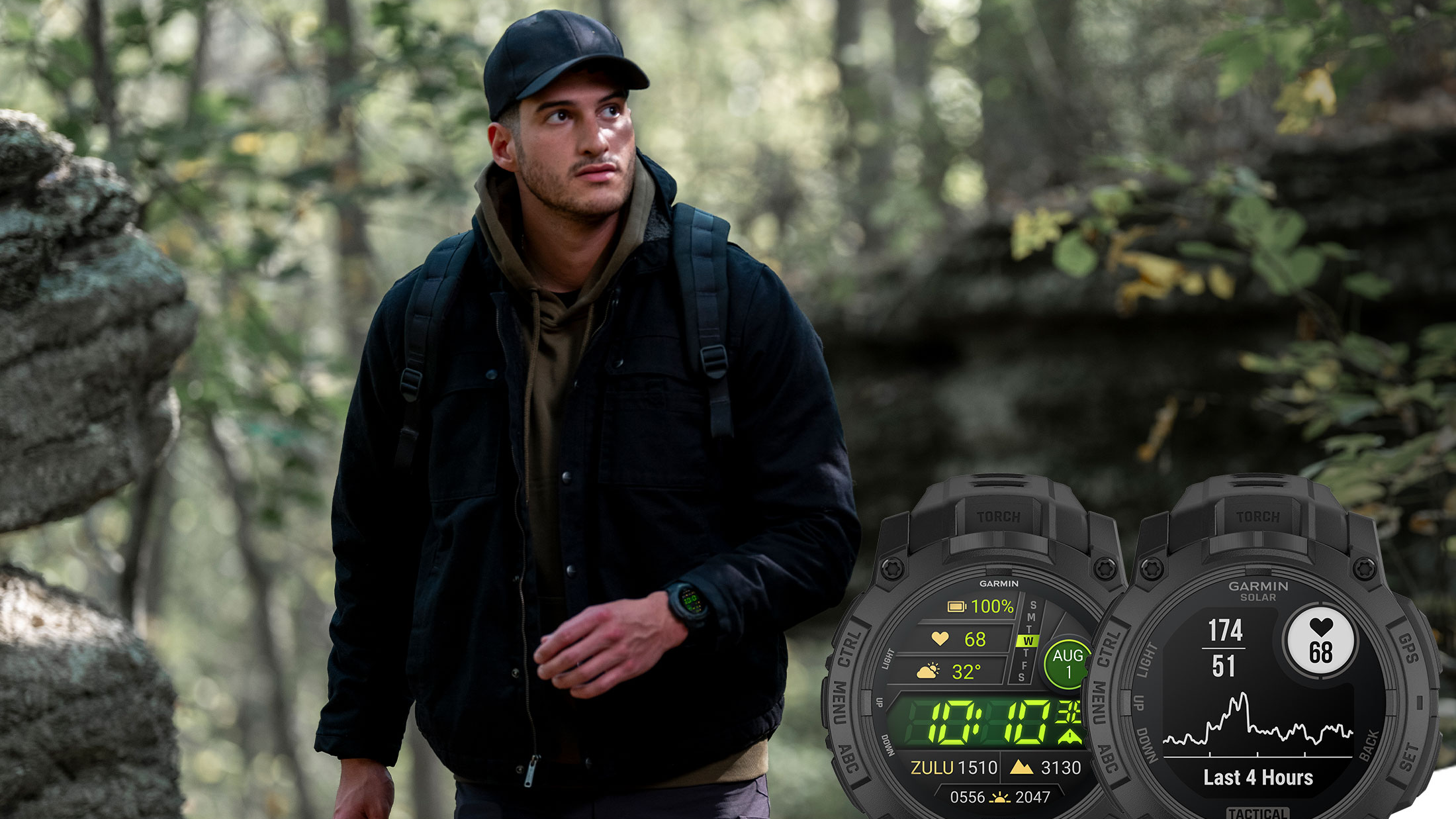Labor Day leaves Colorado river polluted with painkillers and cocaine
Revellers flock to the rivers for some tubing fun, but some sneaky peeing in the water reveals what they’ve been ingesting

There could be a hidden cost to rivers from Labor Day revelry, according to the results of a study that found painkillers, cocaine and other pollutants in a Colorado river following a previous year’s bank holiday fallout.
Because while Labor Day encouraged people to take their rafts and inflatable tubes out onto the water for some fun, they’re also doing what people invariably always do when they’re in the open water – having a sneaky, secret pee. And what they’re passing can give scientists a snapshot of what they’ve been putting into their bodies before expelling it.
And it seems that’s not just beer and pizza.
According to The Colorado Sun, a study conducted by the Colorado School of Mines and Johns Hopkins University focused on a 1.5-mile stretch of Clear Creek, a popular spot for tubing and rafting, during Labor Day weekend 2022. The small pilot study found elevated levels of lead, bacteria linked to the human gut, signs of painkillers, signs of cocaine and more in the water.
“You can almost think about it as a fingerprint of the activities that are going on,” said Carsten Prasse, an assistant professor in the Whiting School of Engineering at Johns Hopkins University. “What that probably means is that people are peeing in the water, which is not that surprising. We know from swimming pools that people do that all the time.”

However, while that may lift the lid on what certain revellers are getting up to over the holiday weekend, there’s a legal substance that humans are introducing into the water – and not by peeing – that’s of far more ecological concern: suncream.
“Chemical-based sunscreen filters are probably, in my opinion, the more concerning compounds because we know these UV filters can be problematic for aquatic species,” said Prasse.
Advnture Newsletter
All the latest inspiration, tips and guides to help you plan your next Advnture!
While the contaminants’ levels returned to normal soon after the holiday weekend, the study raises important questions about the long-term impact of such activities on Colorado’s waterways – and indeed waterways everywhere that humans use for leisure activities. Clear Creek is just one of many rivers facing growing pressures from population increases and recreational use.
- The best dry bags 2025: keep your gear bone dry during adventures on land and water
- The best base layers 2025: the foundation of your hiking garb
